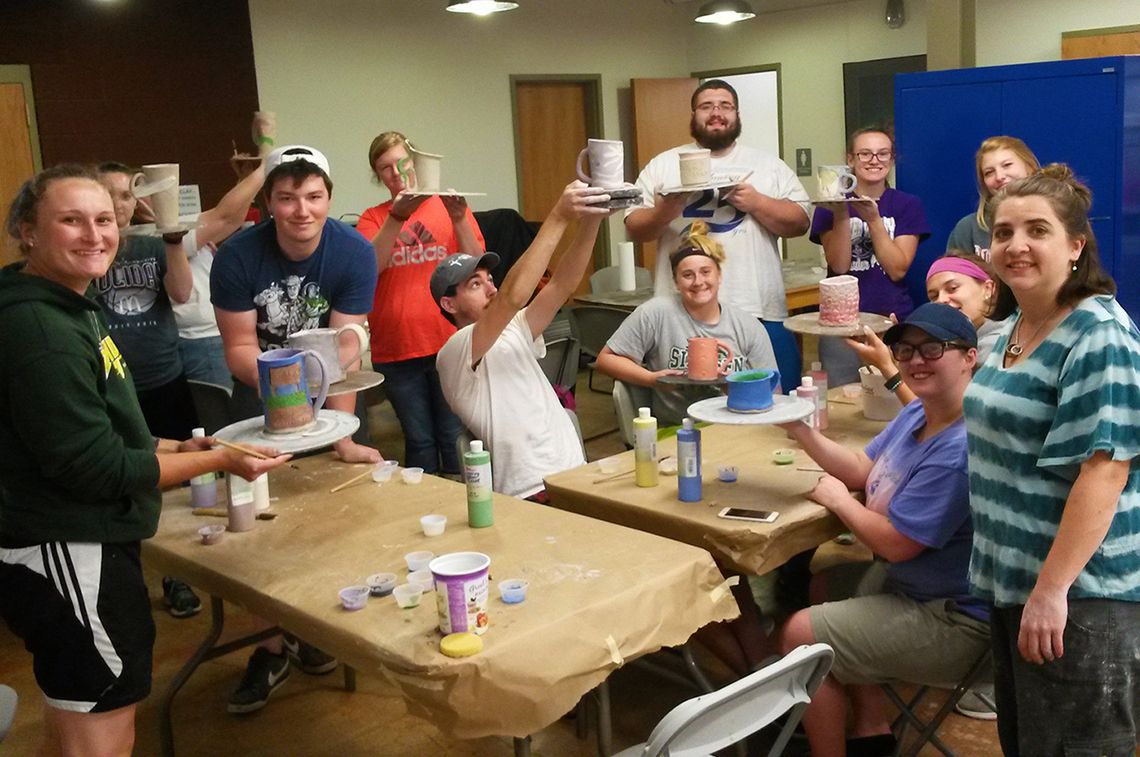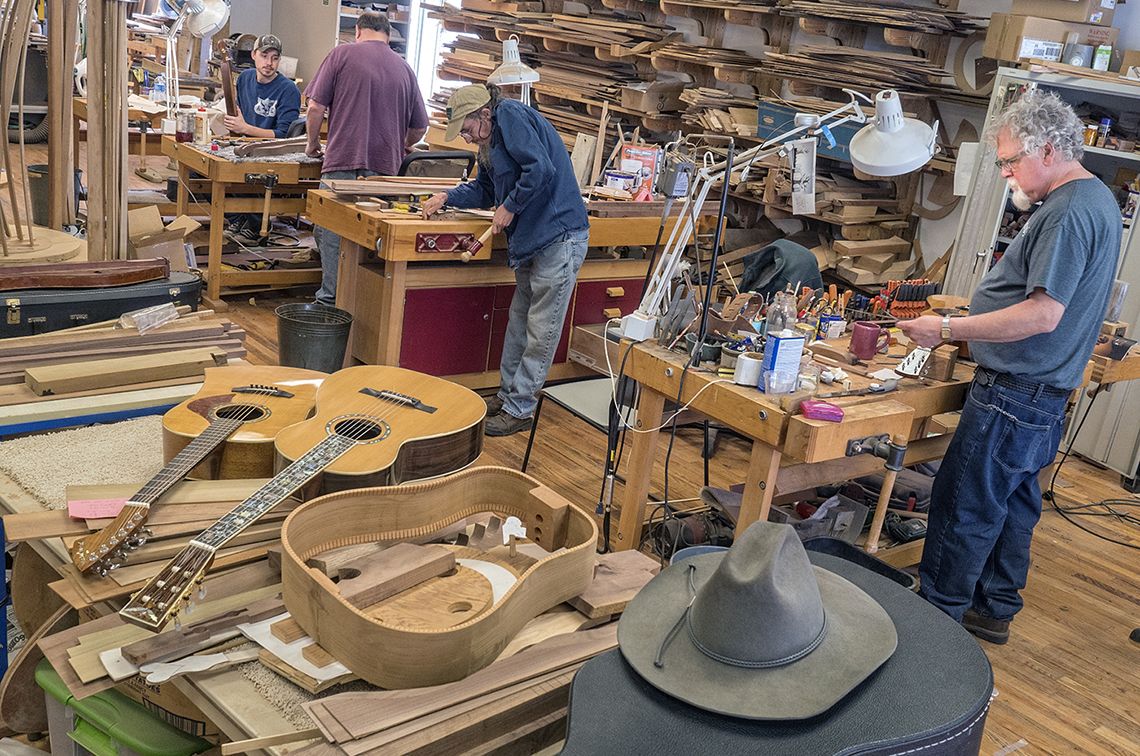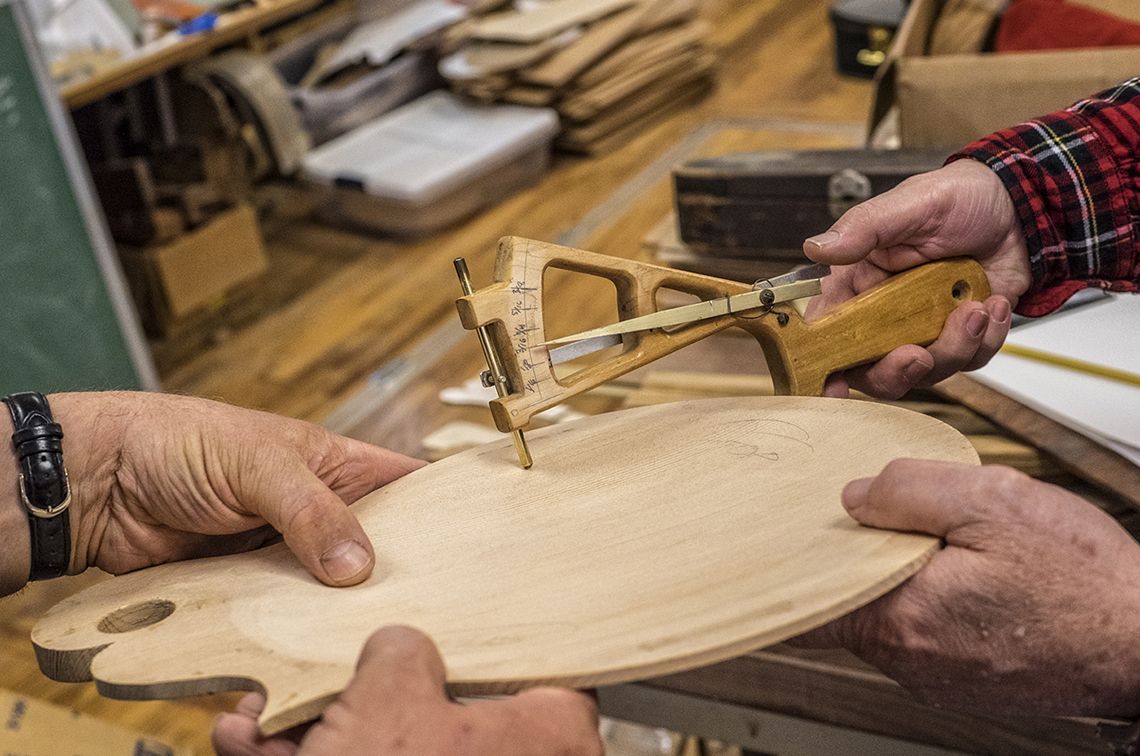10 SECTORS
10 SOLUTIONS
Artists and Community Change
HEALTH
The HEALTH community development sector is comprised of individuals, organizations, and policymakers who are working to prevent disease and promote overall health at the community level. Traditional practitioners such as hospitals, municipal health departments, researchers, and community groups are increasingly working alongside urban planners, community developers, businesses, and artists as the field becomes more focused on equity and the social determinants of health. Involving these nontraditional partners is an acknowledgement that individual and community health is affected not only by behaviors and genetics, but also by factors like physical environment, family and social environment, resources and wealth, religious practices, social norms, economic policies, education, and sociocultural values.
PROJECT NAME
APPALACHIAN ARTISAN CENTER OF KENTUCKY, INC.
ORGANIZER NAME
APPALACHIAN ARTISAN CENTER OF KENTUCKY, INC.
LOCATION
HINDMAN, KY
GEOGRAPHICAL CONTEXT
RURAL
ARTISTIC DISCIPLINES
FOLK & TRADITIONAL ARTS, MUSIC, VISUAL ARTS
WEBSITE
ARTISANCENTER.NET
Eastern Kentucky suffers from some of the highest opioid-related hospitalization rates in the country. Opioid users in the region face not only risks to their health and relationships: if convicted of drug-related crimes, they can also find gainful employment almost impossible to secure — especially in the economic void being left by the retreating coal industry. In response to this complex problem, the Culture of Recovery project at the Appalachian Artisan Center (AAC) is pairing aspiring craftsmen who are in recovery with mentors from AAC’s network of over 300 artists. The artists lead their apprentices in skill-building and entrepreneurial workshops in blacksmithing, ceramics, printmaking, luthiery (stringed instrument building), and more. “Those of us that do creative work already know how engaging and therapeutic art can be,” says Jessica Evans, AAC’s executive director. “More than that, the way that we learn a craft — through master/apprenticeship relationships, for example — builds human connection.” Culture of Recovery also opens new employment possibilities to participants, particularly as demand for handmade musical instruments and other crafts from the region increases. “When you’re an artist … you think outside the box,” says AAC’s Chris Boyd. “I think that’s what’s needed in finding solutions to this epidemic.”
10 SECTORS 10 SOLUTIONS:
Artists and Community Change




